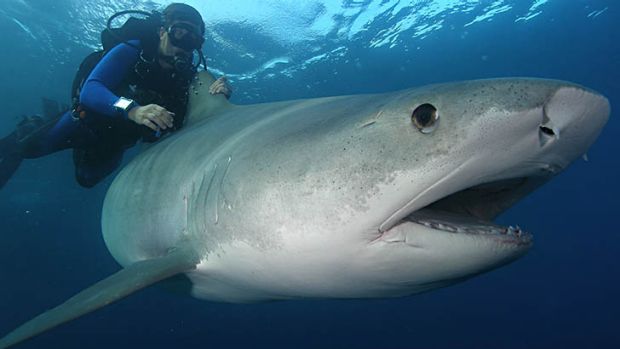Ever wonder how substances move around the body or how a metabolite gets in and out of the sound or how perfumes spray to spread the aroma around in a matter of seconds from the corner you spray it into the rest of your room. Diffusion is to be blamed.
Yes, it is the kind of transport in which dissolved substances or particles move from regions of higher concentration to lower concentration with no external energy involved since this transport does not require energy from external sources. It is also called passive transport.
Diffusion occurs when particles, gases, or dissolved substances are mobile or free to move as they spread from where they are in high concentration to the region where they are in low concentration throughout the concentration gradient. The concentration gradient is an environment in which particles are distributed in different concentrations keeping high concentration on a high concentration region on one side and low concentration on the other side in the human body.
The blood takes oxygen using the simple mode of passive transport in which oxygen moves from alveolar air spaces in which it happens to be spaces in higher concentration to the blood where it is used to be in a lower concentration. It can also be conceived as the mode of transport in which substances move from the region of abundance to the region of demand where their concentration is.
They use some carrier proteins to take in the required substance of proteins and this mode involves the facilitation of these proteins to allow these substances inside the cell through the membrane. This kind of diffusion is known as facilitated diffusion.
An important example is that the blood oxygen binds with red blood cells in the bloodstream through facilitated diffusion which gives us oxygenated blood. Liquids and gases undergo diffusion as the molecules are equipped to move aimlessly.
Some examples of diffusion are as follows:

Perfume is sprinkled in one part of a room, yet shortly it diffuses so that you can sense it everywhere.
A drop of food colorant diffuses throughout the water in a glass so that the entire glass will be shaded.
If you drop a sugar cube in water, the sugar will dissolve and evenly sweeten the water without having to mix it.
A tea bag dipped in a cup of hot water will diffuse into the water and transform its color.
Different Types of Diffusion
Diffusion is widely utilized in different fields such as biology, physics, chemistry, etc. Diffusion can be categorized into two main types:
Simple diffusion
Facilitated diffusion
Simple diffusion
It is a kind of process in which the substance moves through a semipermeable membrane or in a solution without any aid from transport proteins. For example, bacteria distribute small nutrients, water, and oxygen into the cytoplasm through simple diffusion.
Facilitated diffusion
Facilitated diffusion is a kind of passive movement of molecules across the cell membrane from the region of higher concentration to the region of lower concentration utilizing a carrier molecule.
What are the Main Factors Affecting Diffusion?
There are a few factors that influence the process of diffusion, which separately and all alter the rate and extent of diffusion.
These factors include:
Temperature
Area of Interaction
Size of the Particle
The steepness of the concentration gradient
Conclusion
If you want to learn more about diffusion, its definition, types of diffusion, and examples, then please share your thoughts with us. We will be ready to answer your questions and stay connected with us for more amazing articles like that.





